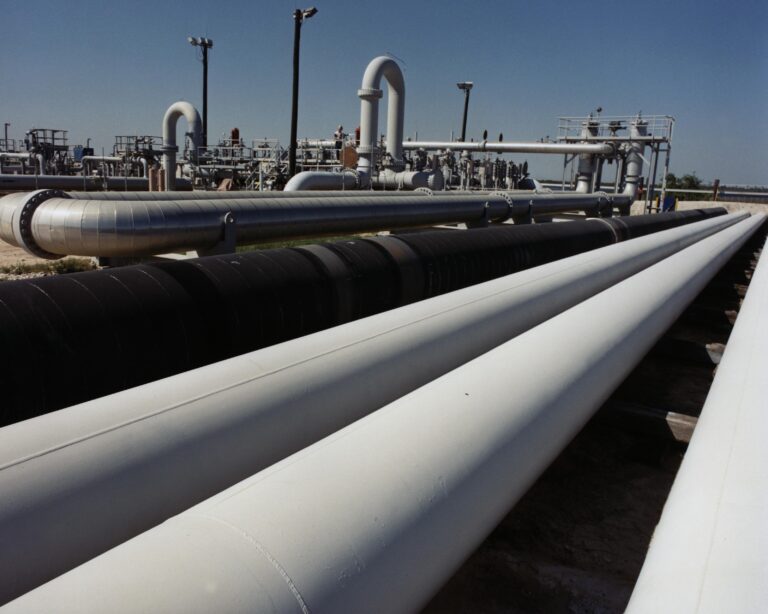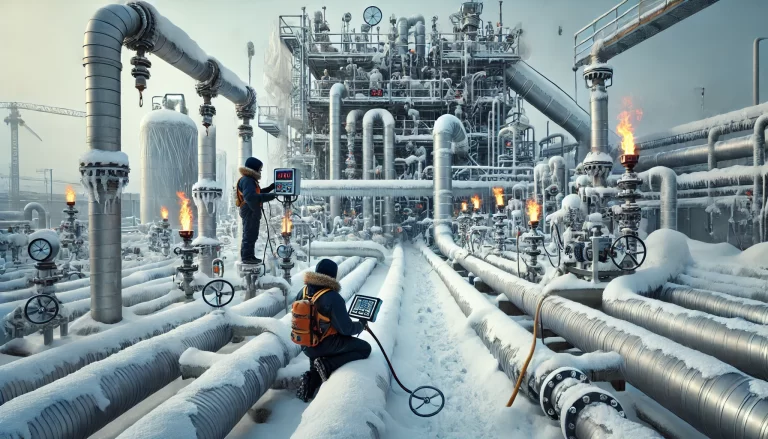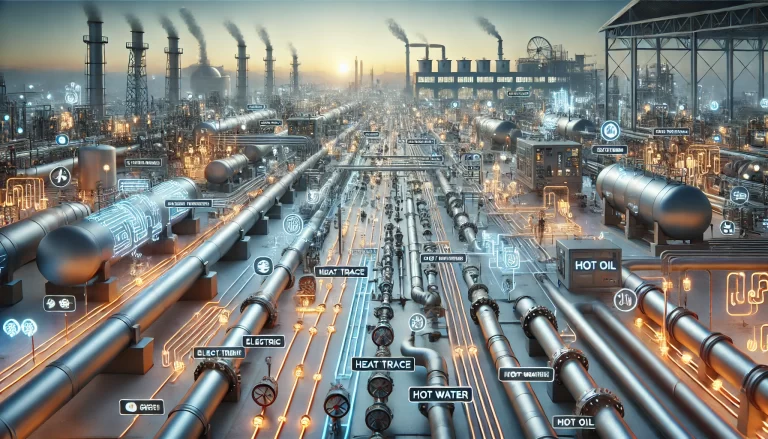Pipes and tubes are essential components in various industries, from construction and manufacturing to medical and aerospace applications. Despite their similar appearances, pipes and tubes have distinct characteristics that differentiate them in terms of application, manufacturing standards, dimensions, tolerances, materials, connection methods, mechanical properties, and cost. This article provides a detailed exploration of these differences to help engineers, manufacturers, and consumers make informed decisions when selecting the appropriate component for their specific needs.
1. Applications
Pipes are primarily used for the transportation of fluids and gases, such as water, oil, steam, and natural gas. They are commonly found in industrial pipelines, plumbing systems, and infrastructure projects.
Tubes have a broader range of applications beyond fluid transportation, including structural applications (e.g., scaffolding, construction supports), mechanical applications (e.g., automotive and aerospace components), and specialized uses (e.g., medical tubing, heat exchangers, and instrumentation systems).

2. Manufacturing Standards
Pipes are manufactured according to standards that emphasize their pressure and fluid transport capabilities. Common standards include:
ASTM A53 – Carbon steel pipes for high and low temperatures
API 5L – Line pipes for oil and gas pipelines
ASTM A106 – Seamless carbon steel pipes for high-pressure and high-temperature services
ASME B36.10 – Seamless and welded steel pipes
Tubes adhere to standards that focus on precision, strength, and specific material properties. Common standards include:
ASTM A213 – Seamless tubes for heat exchangers and superheaters
ASTM A269 – Stainless steel tubing for general service
DIN 2391 – Precision seamless steel tubes
ASTM B819 – Medical-grade stainless steel tubes
3. Sizing and Dimensional Differences
Pipes are specified using the Nominal Pipe Size (NPS) system, which generally correlates to the pipe’s inner diameter (ID). The wall thickness is indicated by a Schedule (SCH) number, such as SCH 40, SCH 80, etc.
Example: A NPS 2″ SCH 40 pipe has an outer diameter (OD) of approximately 2.375 inches (60.3 mm), but the wall thickness varies depending on the schedule.
Tubes are measured using the Outer Diameter (OD) and Wall Thickness (WT) directly, ensuring more precision in sizing.
Example: A tube with OD 25.4 mm and WT 1.5 mm has an exact outer diameter of 25.4 mm, with a precisely defined wall thickness.
4. Tolerances
Pipes have looser tolerances because their primary function is fluid transport rather than structural or mechanical precision.
Tubes have stricter tolerances, often requiring ±0.05 mm or less, making them suitable for high-precision applications, such as medical instruments and aerospace components.

5. Material Differences
Pipes are typically made from carbon steel, stainless steel, cast iron, copper, PVC, PE, or PPR, depending on the application and environmental conditions.
Tubes use a wider range of materials, including steel, aluminum, titanium, brass, copper-nickel, and specialty alloys, which are selected based on specific mechanical and chemical properties.
6. Connection Methods
Pipes are commonly connected using threaded joints, welding, flanges, or mechanical couplings.
Example: Plumbing pipes often use threaded connections, while industrial pipelines rely on butt welding or flanged joints.
Tubes are connected using welding, compression fittings, brazing, or special mechanical fittings.
Example: Heat exchanger tubes use expansion or welding, while medical tubing employs compression or press-fit connectors.
7. Mechanical Properties
Pipes prioritize pressure resistance, corrosion resistance, and durability over mechanical precision.
Tubes focus on mechanical strength, precision, fatigue resistance, and surface finish, making them ideal for load-bearing applications and critical mechanical assemblies.

8. Manufacturing Processes
Pipes are typically manufactured using:
Seamless (Hot Rolled, Cold Drawn) – For high-pressure applications
Welded (ERW, SAW, LSAW) – For general fluid transport
Tubes require more advanced manufacturing techniques, including:
Cold Drawn (CDS) – Produces high-precision tubes with superior surface finish
Electropolished (EP) – Used in pharmaceutical and semiconductor applications
Precision Rolling – Ensures uniform dimensions and high strength
9. Cost Considerations
Pipes are generally more cost-effective due to their lower manufacturing precision requirements.
Tubes are more expensive because of the tighter tolerances, advanced materials, and higher precision manufacturing processes involved.
Summary Table
| Feature | Pipe | Tube |
|---|---|---|
| Application | Fluid & gas transport | Structural, mechanical, medical, aerospace |
| Standards | ASTM A53, API 5L | ASTM A213, DIN 2391 |
| Size Reference | NPS & SCH (nominal) | Exact OD & WT |
| Tolerances | Loose | Tight |
| Materials | Steel, PVC, cast iron | Steel, aluminum, titanium, alloys |
| Connection | Welding, threaded, flanges | Welding, compression fittings |
| Mechanical Focus | Pressure resistance | Precision, fatigue resistance |
| Manufacturing | Hot rolled, welded | Cold drawn, precision rolling |
| Cost | Lower | Higher |

Conclusion
Choosing between a pipe and a tube depends on the specific application. If the primary requirement is fluid transport, a pipe is usually the best option due to its cost-effectiveness and focus on pressure resistance. On the other hand, if the application demands high precision, structural integrity, and specialized materials, tubes are the preferred choice.
Understanding the key distinctions between these two components ensures optimal material selection for industrial, structural, and specialized engineering needs.
